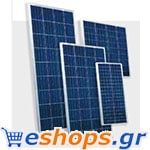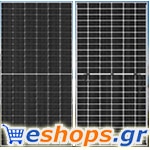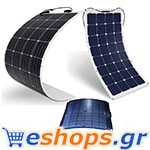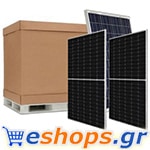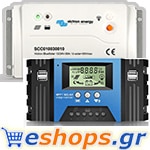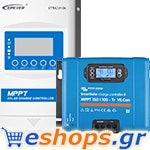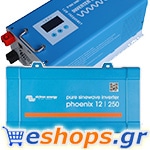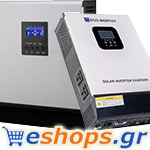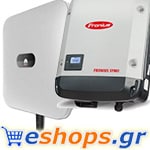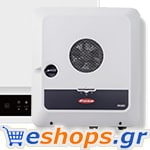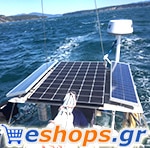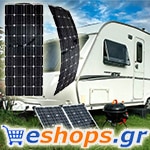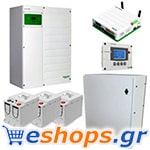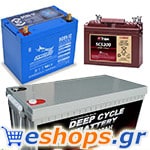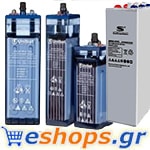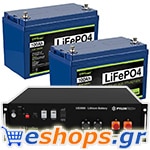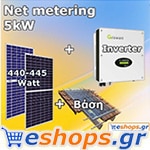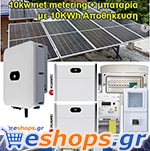How to choose an inverter for photovoltaics, what to choose an inverter
All inverters convert direct current (DC) electricity into alternating current (AC). That's where the similarities between the converters end. These days, a huge number of brands and options are available to consumers. The right choice depends on how you plan to use the inverter. Options range from small mobile power units to stationary medium-sized inverters for powering homes in either remote off-grid or urban network locations, to large-sized inverters and interconnected groups of inverters for managing large businesses and even small communities. .
Portable converters How to choose Inverter for photovoltaics, what to choose inverter
For portable power needs, smaller converters are available, ranging in size from 100 to 2.000 watts or more for either marine, RV or other smaller off-grid applications, such as a tool shed or barn. These portable converters are intended for non-electric locations and are used to convert DC electricity from a battery that is charged either by your vehicle engine or from a stand-alone power source, such as a photovoltaic (photovoltaic, solar-electric) panel. wind turbine, or engine generator. Marine converters are designed to withstand harsh weather conditions and corrosion from exposure to seawater, so if you plan to use your converter on a boat, choose a remarkable type.
Depending on the type of device you are going to operate and how sensitive they are, you can choose between pure sine wave converters or what is called a square wave converter or a modified square wave converter. Modified square-wave converters cost less than pure sine wave converters because they perform less sophisticated power conversions, providing helicopter transitions to AC output. When using appliances with motors (such as refrigerators, drills, fans, etc.), the modified square wave converters will run these motors hotter and consume 30% more energy than if you were using a pure sine wave converter. It's like running a car with square wheels instead of round ones. The car will go forward, but will run much less efficiently and will be very difficult to drive.
For some appliances and electronics, such as motors, televisions, and computers and battery chargers for wireless devices, a bad waveform can cause overheating, equipment damage, or even a complete malfunction. Other possible problems are the noise converter in devices such as compact fluorescent lamps, radios, stereos and televisions. For most people, the small price difference makes it helpful to purchase a clean sine wave converter first, so that they do not face restrictions later if they want to use their converter for another device.
How to choose an inverter for photovoltaics, what to choose an inverter
The size of your portable inverter depends on the devices or tools you plan to use and their power requirements, called "load". You need to know how many watts of power your tools require to run, how many different tools you plan to run at the same time, and how much power gain or attraction they have at first start, as with some larger motors such as power saws.
This information for each tool is usually found in what is called a "plate". The rating plate will give the information in either watts or volts and amplifiers. For general purposes, multiplying the volts by the amplifiers gives you the number of watts (V x A = W). To determine the power boost requirements, refer to the instrument manufacturer's specifications, measure with an ammeter, or "guess" by multiplying the continuous watts by three times (although the wave can sometimes be as many as seven).
